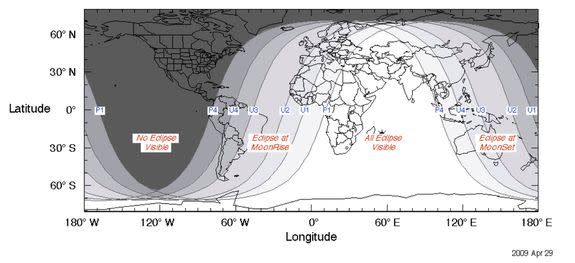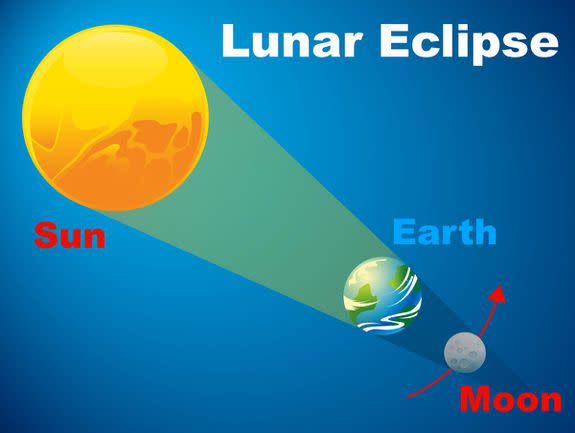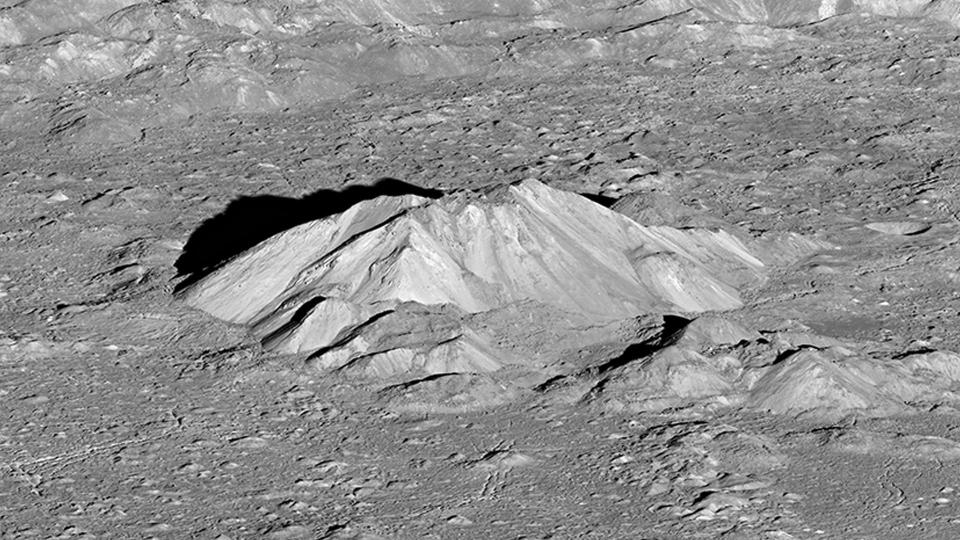Friday's total lunar eclipse will last nearly two hours, but the U.S. misses out

One of the longest total lunar eclipses of the centuries will light up the skies around the world on Friday night into the wee hours of Saturday morning.
The good news is that millions of people around the world — from almost all of Africa to the vast majority of Asia — will be able to see the moon gradually turn a deep blood red during the total lunar eclipse.
SEE ALSO: Mars is brighter than it has been in years. Get out there and see it.
The bad news? No one in North America or Greenland will get to see it.
At its longest point, the eclipse will last for 1 hour and 43 minutes.

Image: NASA
For those in North America, Greenland, and some parts of South America who are bummed about missing the event, don’t fret — our time is coming.
In less than six months, another total lunar eclipse will take place directly over the Western Hemisphere.
It'll just be 42 minutes shorter.
During a total lunar eclipse, the moon takes on its ghostly red pallor because of the Earth's shadow. Because the Earth passes between the sun and the moon during this cosmic event, the light of the sun has to pass through our planet's atmosphere, casting a shadow on the moon.
The atmosphere actually filters out much of the sun's blue light, leaving us with what has come to be popularly known as a Blood Moon.

Image: NASA
If you do happen to miss out on this particular Blood Moon, several other exciting celestial events are happening in the sky that you can see.
This week marks the beginning of Mars’ stint in opposition — meaning it will be on the opposite side of Earth from the sun.
And since the planet will also be the closest to Earth as its been in more than a decade, it will appear relatively big and bright in the night sky if you look to the south.
A few other planets are also visible in the coming weeks. Saturn is big and bright in the sky if you look to the south, and though Jupiter is dimming, it’s still flickering in the southern sky too.
Venus is currently so bright, that it can be seen immediately after sunset if you look west. And of course, even those not in the path of the lunar eclipse can enjoy the full moon.
WATCH: Go on a tour of the moon with these 4K images


